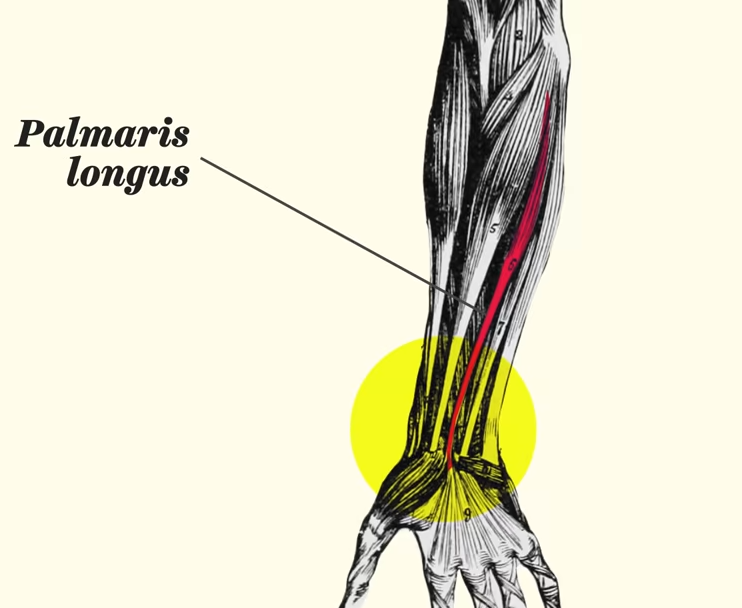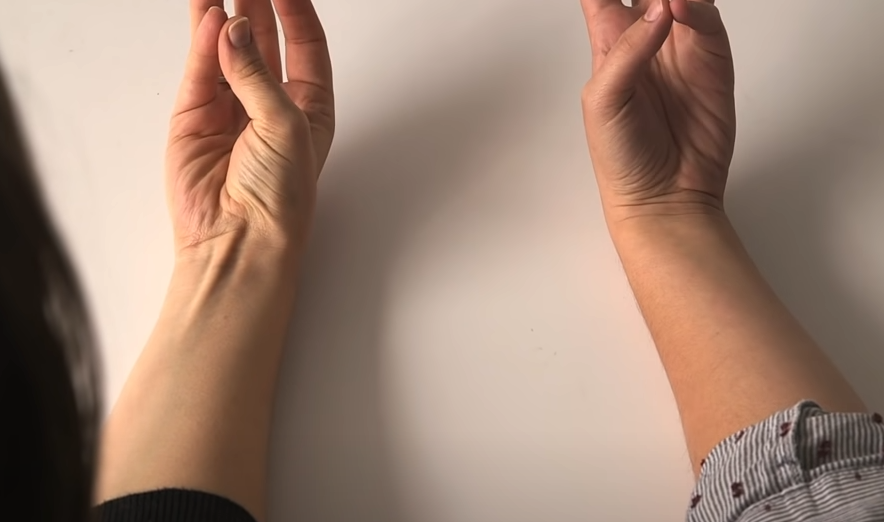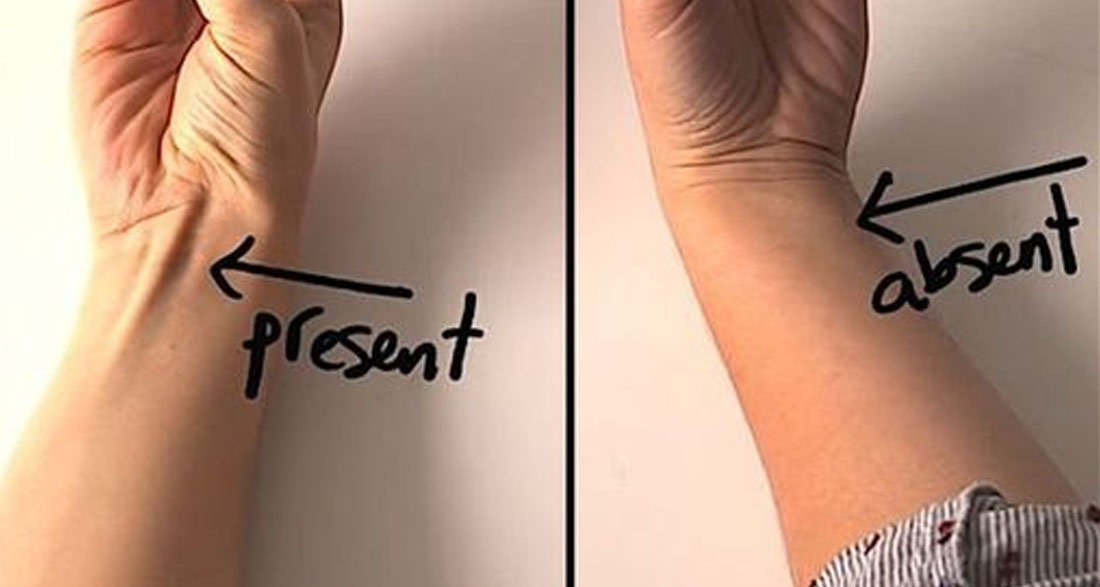The Amazing Story of Evolution: Discovering Our Hidden Connections
Evolution is an incredible journey that shows us how all mammals, including humans, are connected in surprising ways. It might sound a bit complicated, but it’s really exciting to think about! So, where can we find the proof of this fascinating story?
The evidence of our evolutionary past can be traced back to early primates, Neanderthals, and finally to us, the modern humans known as Homo sapiens.
A Living Museum: Our Bodies
One of the most spectacular places to see evidence of evolution is actually in our own bodies! Many of the traits we have—both inside and outside—were passed down from our ancestors. Some of these traits might not seem useful today, but they were once super important for survival.
For example, even though most of us don’t hunt for food or travel like nomads anymore, we still carry these quirky features that remind us of our past.
Let’s take goosebumps as an example. Have you ever felt goosebumps when you’re cold or scared? It’s not just a random reaction! Long ago, when our mammal ancestors faced freezing temperatures, they had a clever way to keep warm.
Goosebumps helped trap heat by making the hair on their bodies stand up. When we feel chilly, a tiny muscle connected to our arm hairs contracts, causing those little bumps to appear on our skin. It’s like our body is saying, “Hey, grab a jacket!”
“Goosebumps are a fascinating reminder of our history,” says Dr. Emily, a scientist who studies evolution. “They show us how our bodies have adapted over time.”
Even though we don’t need this response much today, it still happens. You might have noticed a pigeon puffing up its feathers on a cold winter day. That’s its way of staying warm, just like our ancestors did! If that’s not a sign of evolution, what is?
Puffing Up for Protection

And there’s more! Have you ever startled a cat? When they feel threatened, their fur puffs out. This is an ancient survival trick that makes them look bigger and scarier to potential predators. Just think about it: the next time you see a cat puff up, remember it’s showing off a survival skill that has been passed down through generations.
A Surprising Discovery in Our Arms
But wait, there’s one particular trait that shows evolution in action even more clearly. It’s found in our arms, specifically in our tendons. Did you know that about 10-15% of people don’t have a specific tendon called the palmaris longus?

This tendon used to be very important for our ancestors, especially for tree-dwelling primates like lemurs and monkeys who needed it to swing from branch to branch. As humans and ground-dwelling apes, like gorillas, evolved, we didn’t need this tendon as much, and some people have gradually lost it.
“Evolution is a slow process,” explains Dr. Mark, an evolutionary biologist. “It’s incredible to think that we are still changing as a species!”
This shows that evolution is an ongoing process! While about 90% of people still have this tendon, those who don’t are part of a fascinating evolutionary change.
How to Check for the Palmaris Longus
Want to see if you have this tendon? It’s super easy! Just place your forearm on a table with your palm facing up. Next, put your pinky finger next to your thumb and lift your hand slightly off the table.

If you see a raised band in the middle of your wrist, congratulations! You have the palmaris longus tendon. If you don’t see it, you’re showing a sign of evolution in action!
This little tendon—or the lack of it—provides a fascinating link to our ancient ancestors. Those who have it carry a piece of our evolutionary history, while those who don’t are a reminder that evolution is still happening today.
The Wonders of Our Evolutionary History
Isn’t it amazing how our bodies hold clues about where we came from? Even traits that seem small or outdated can tell us a lot about our evolutionary journey. The next time you feel goosebumps or see a cat puffing up, remember that these are reminders of our shared history with the animal kingdom.
“Every little detail in our bodies tells a story,” says Dr. Emily. “It’s like a treasure hunt for our history!”
So, what do you think about these incredible connections to our past? Have you ever noticed any other quirky traits in yourself or your friends? Let’s celebrate the amazing story of evolution together! Share your thoughts in the comments below, and let’s keep exploring the wonders of our bodies and the fascinating journey of evolution!

